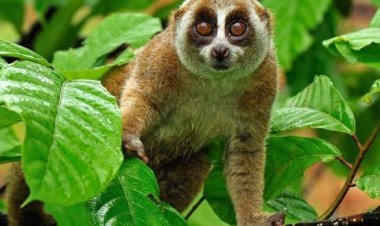Antitranspirant usage in agriculture
Antitranspirant is any natural or chemically synthesized material applied to plant surfaces to reduce water loss from the plant. They have been used in horticulture, especially in the ornamental industry and nurseries.
Transpiration in plants is the process by which plants release water in the form of vapor from their aerial parts, such as leaves, stems, and flowers. Only a small amount of water absorbed by the plant is used in its growth and development. A large portion of water i.e. about 99 percent is excluded in the form of transpiration.
Soil moisture is the most limiting factor in dryland agriculture. It is lost as evaporation from the soil surface and as transpiration from the plant surfaces. A lot of energy is also wasted in this process. If transpiration is reduced, it may help in the maintenance of favorable water balance and energy conservation.
One of the methods to conserve water from the agricultural fields is the usage of anti transpirant.
Antitranspirant is any natural or chemically synthesized material applied to plant surfaces to reduce water loss from the plant. They have been used in horticulture, especially in the ornamental industry and nurseries.
Antitranspirants work by diminishing the absorption of solar energy and thus reducing leaf temperatures and transpiration rates or by making thin transparent films that prevent the escape of water vapors from the leaves or by promoting closure of stomata thus decreasing the loss of water vapors from the leaf. These are of four types:
1. Stomatal Closing type
2. Film-forming type
3. Reflective type
4. Growth retardant type
1. Stomatal Closing type- They promote stomatal closing or decrease the size and number of stomata which reduce water loss. For example, Phenyl Mercuric Acetate and herbicide like atrazine, simazine at lower concentration and carbon dioxide at higher concentration.
2. Film-forming type- They check transpiration by forming a thin colorless film over the leaf surface and result in a physical barrier. Colorless plastics, mobile, hexadecanol, silicone, oils & low viscosity waxes are some examples of this type.
3. Reflective type: These chemicals increase the reflection of light from the leaf surface thus reducing leaf heating and water losses. These are mainly clay-based. Eg. Kaolin, Celite
4. Growth retardant: These chemicals increase root growth and reduce shoot growth and thus enable the plants to resist drought. They may also induce stomatal closure. For eg. Cycocel
Antitranspirant has got some real and valuable usage in agriculture. They are non-toxic and safe for the environment. They do not damage plants specially stomata. They have specific effects on guard cells and not on other cells.




















